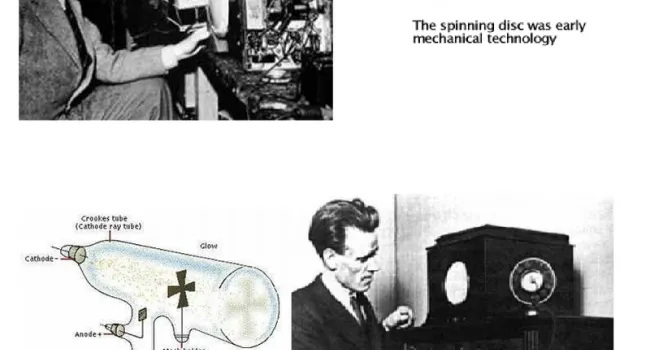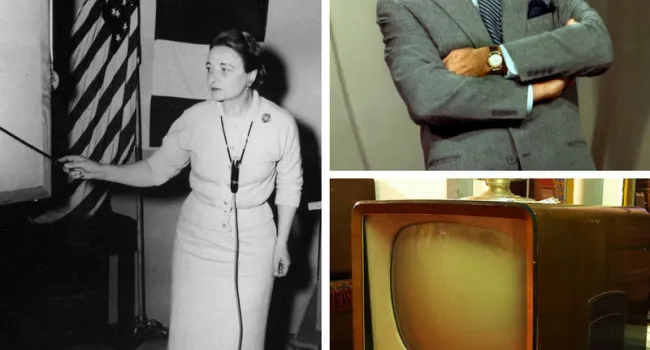PICTURED ABOVE: Alexander Graham Bell, Inventor of the telephone
The first reliable electronic telegraph machines were built in the 1830s when an American named Samuel Morse developed a telegraph system designed to use a code of long and short pulses of electric current representing different letters. The code became known as Morse code. To send a message, an operator pressed a switch, sending a signal, which sent an electric current along a wire to the receiving machine.
Telegraphs required wires or cable, so in order to send telegrams (the name for the actual messages) across the ocean, the necessary cable was laid and telegrams could be sent between Europe and the United States.
The telephone quickly took over from the telegraph. In 1876, Alexander Graham Bell, a Scottish doctor, was working on a new type of telegraph when he accidentally spilled something on his clothes and called for his assistant, who was able to hear his voice over the wire. Like the telegraph, a telephone uses electricity flowing through wires, but it sends sounds instead of codes. When you speak into a telephone, the receiver changes your voice into an electric current and then changes the current back into a voice again at the other end. The ability to have two-way conversations by telephone over a distance brought people closer together.




